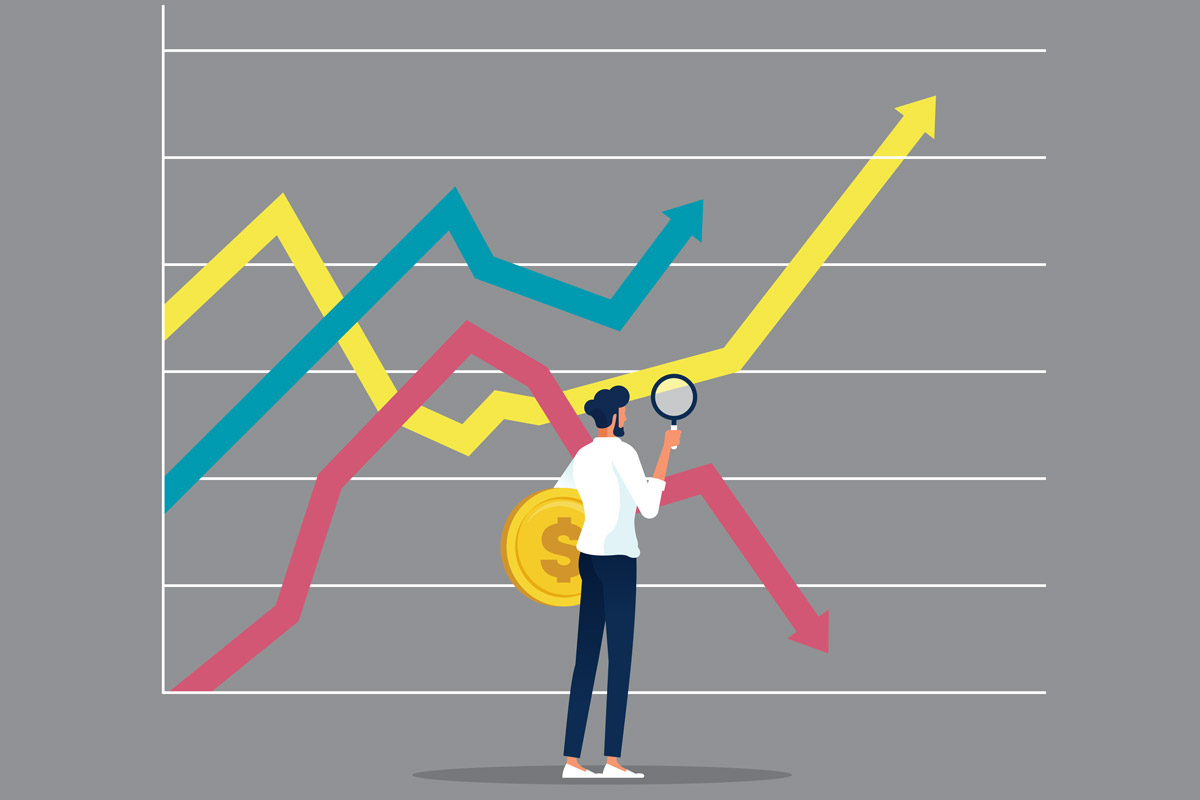Micro-Investing: How You Can Start Investing With as Little as $5 #13

Myth: You need lots of money to start investing.
Micro-investing apps are giving everyday people access to the stock market for as little as $5.
Micro-investing allows you to start small — really small. Apps like Acorns and Stash work by transferring small sums of money from your bank account to a diversified portfolio.
Research shows that these tiny money moves can really add up.
According to a consumer study by Cornerstone Advisors, saving and investing apps like Acorns helped consumers save an average of $600 a year above their standard level of savings — and one in five users saved more than $1,000.
What Is Micro-Investing?
Micro-investing allows you to automatically allocate small amounts of money into a portfolio of stocks and bonds — even if you know nothing about investing.
This fintech term applies to a handful of mobile-based platforms that make investing easy and painless.
Here are a few common features these micro-investing apps share:
The ability to set up recurring transfers from your bank account to your investment account.
The option to round up purchases and sweep the spare change into your investment account.
Robo-advisors that select a portfolio of diversified investments tailored to your goals and risk tolerance.
Fractional shares of stocks, which allows you to start investing with small amounts of money (think $5 or less).
A flat monthly fee for services or a fee equal to a percentage of your account balance.
Educational resources that teach you about personal finance.
Micro-investing can be a good option if you’re tight on extra cash or you’re new to investing and not sure where to start.
You can customize how much money you invest and how often — putting you in the driver’s seat. These apps also remove some of the barriers of traditional brokerage accounts, such as account minimums and trading fees.
“Micro-investing apps lower the cost of entry, which opens up investment opportunities to a wider audience,” said Summer Red, a financial advisor and education manager at the Association for Financial Counseling & Planning Education. “Investing is complex, and the best way to learn about it is to actually invest.”
You can use a micro-investing app like training wheels to support you as you begin your investing journey.
Or you can use it as a second emergency fund or as an auxiliary account to save for a mid-term goal, like buying a home.
Still, most financial advisors agree these apps should be just one small (some might even say micro) piece of your long-term financial picture. They aren’t intended to replace your emergency fund or make you a millionaire.
You’re going to need to do more than round-up your Uber Eats orders to save enough money for retirement.
